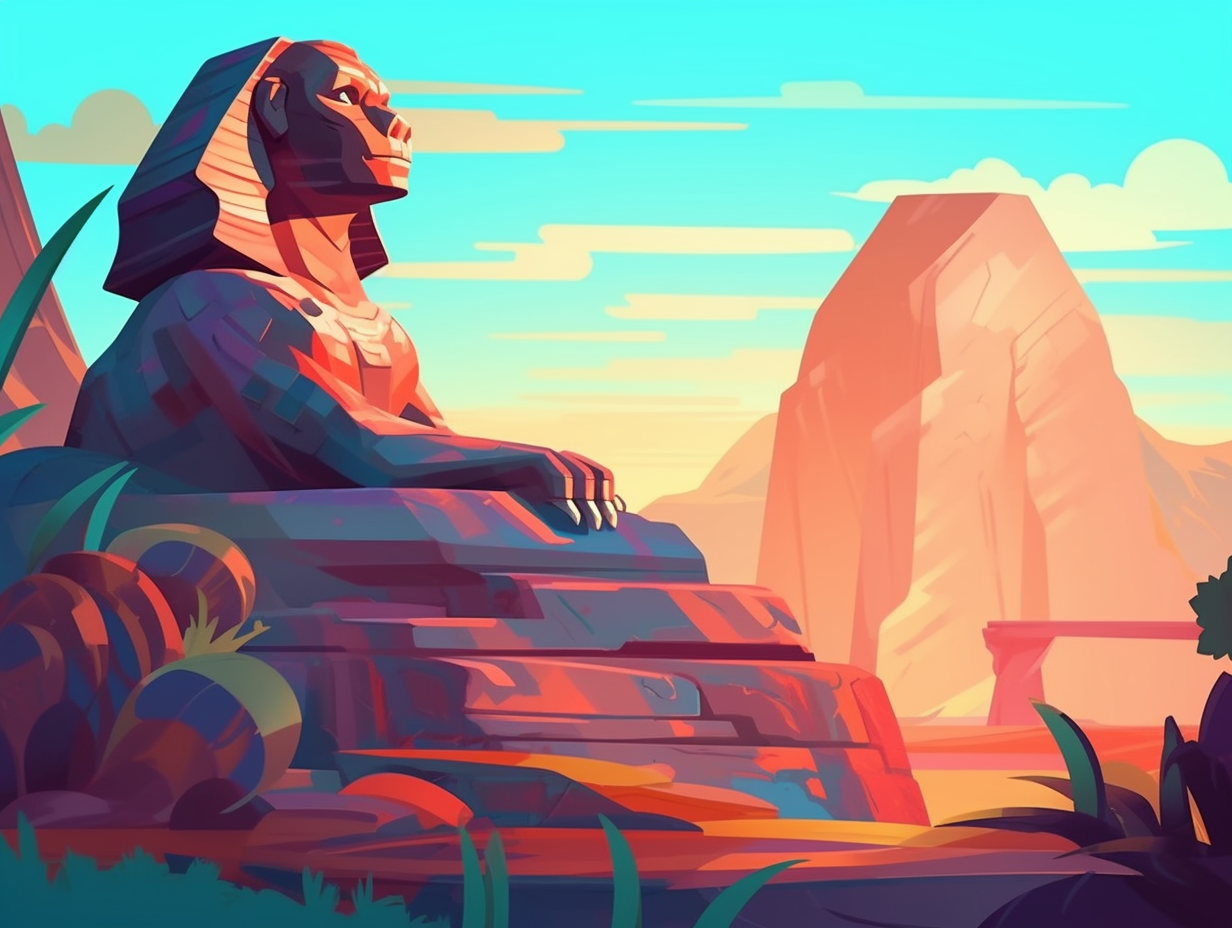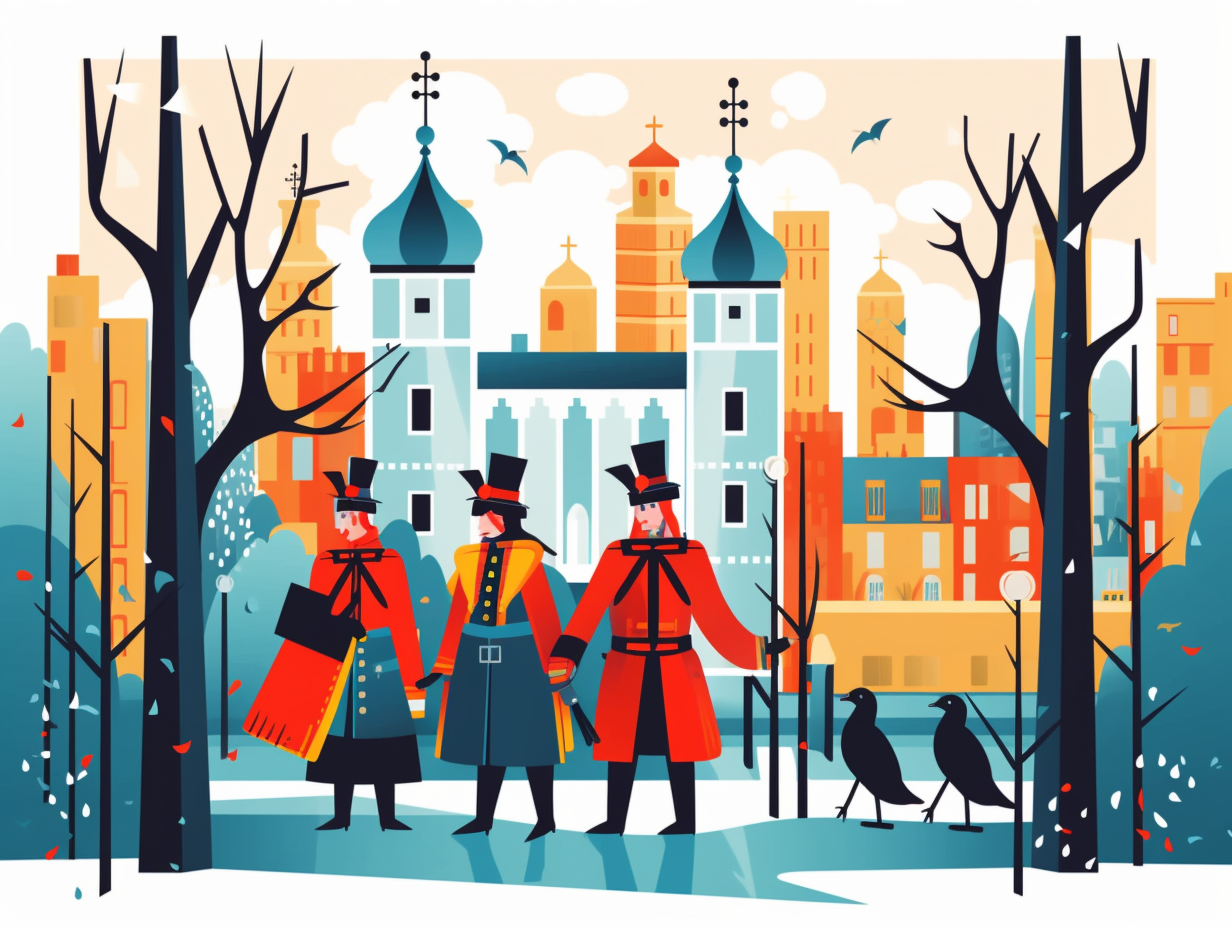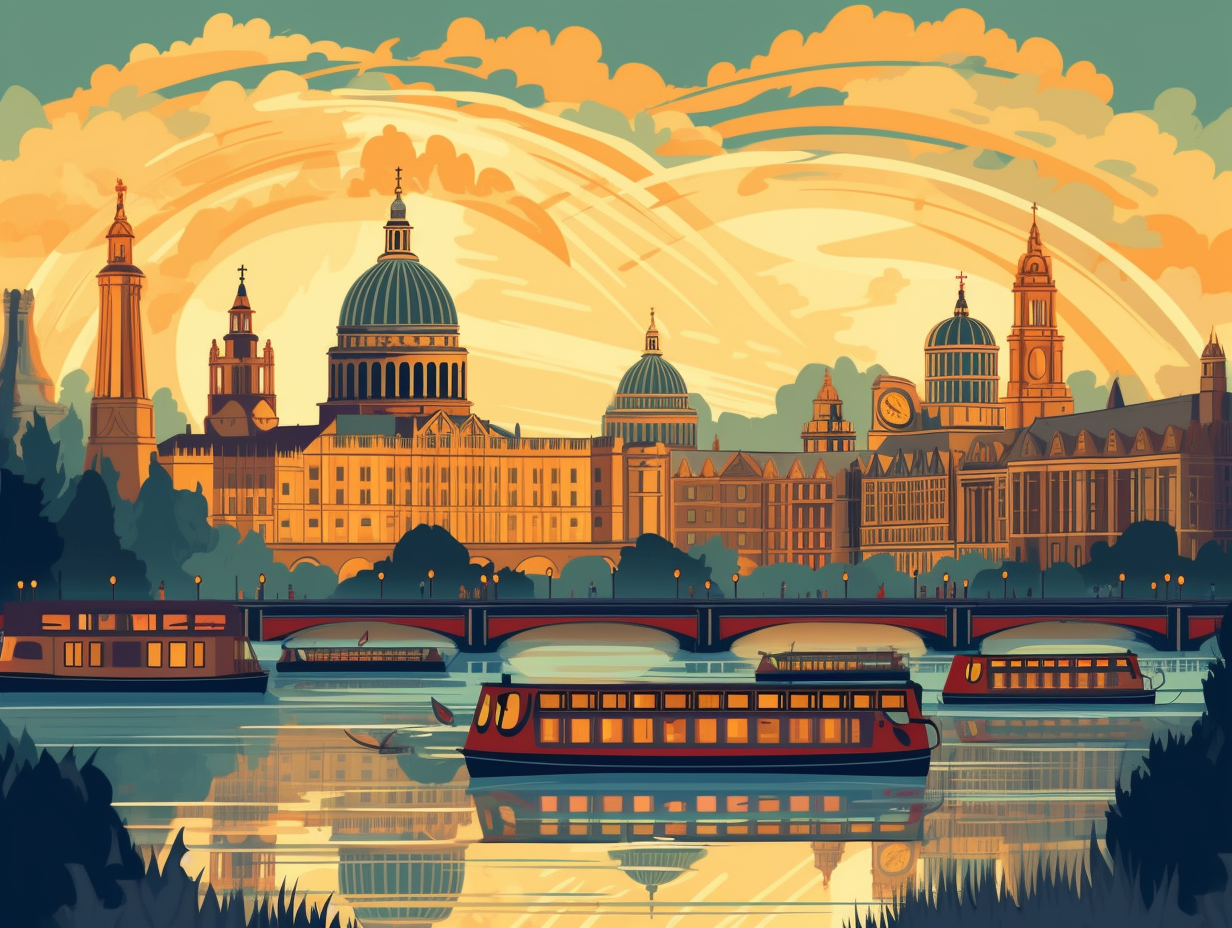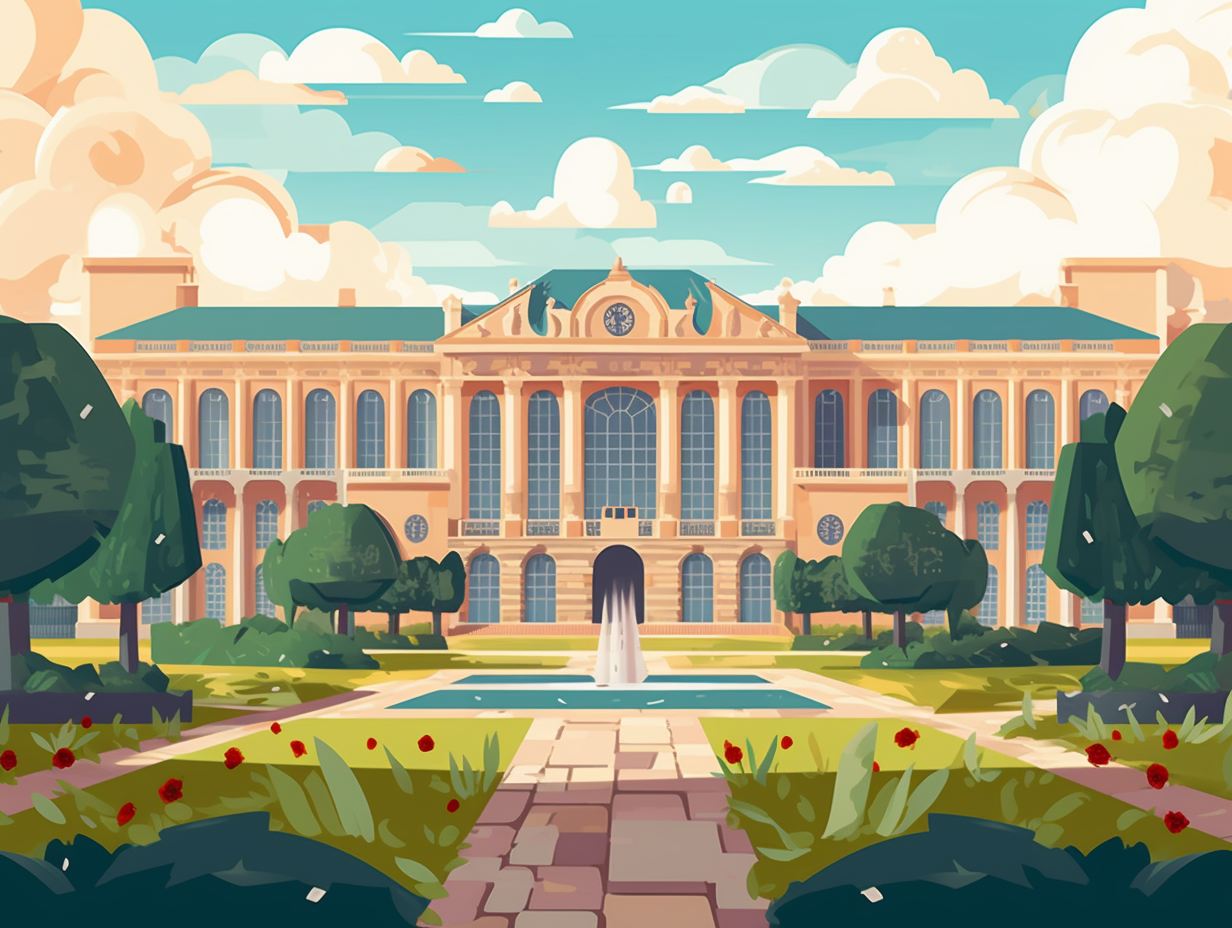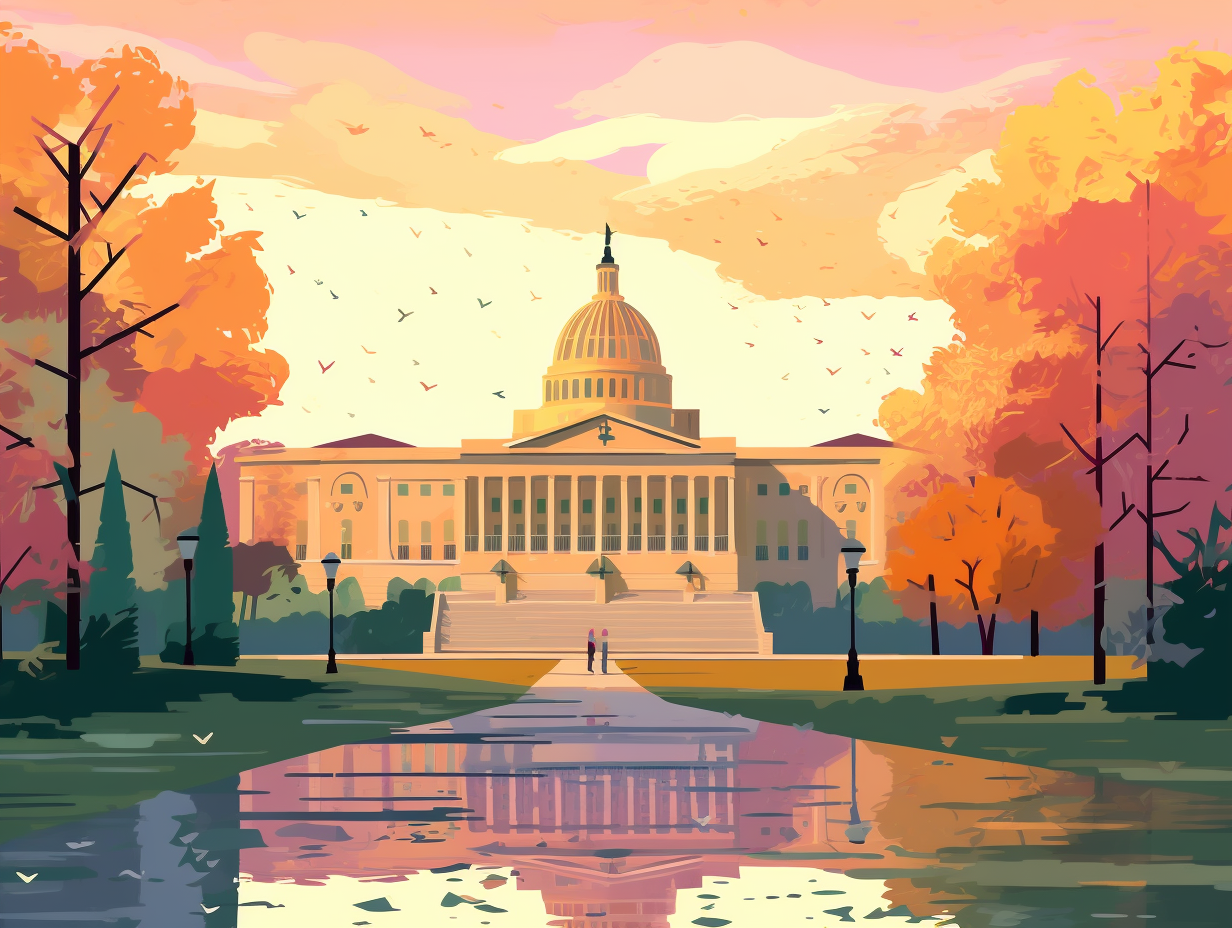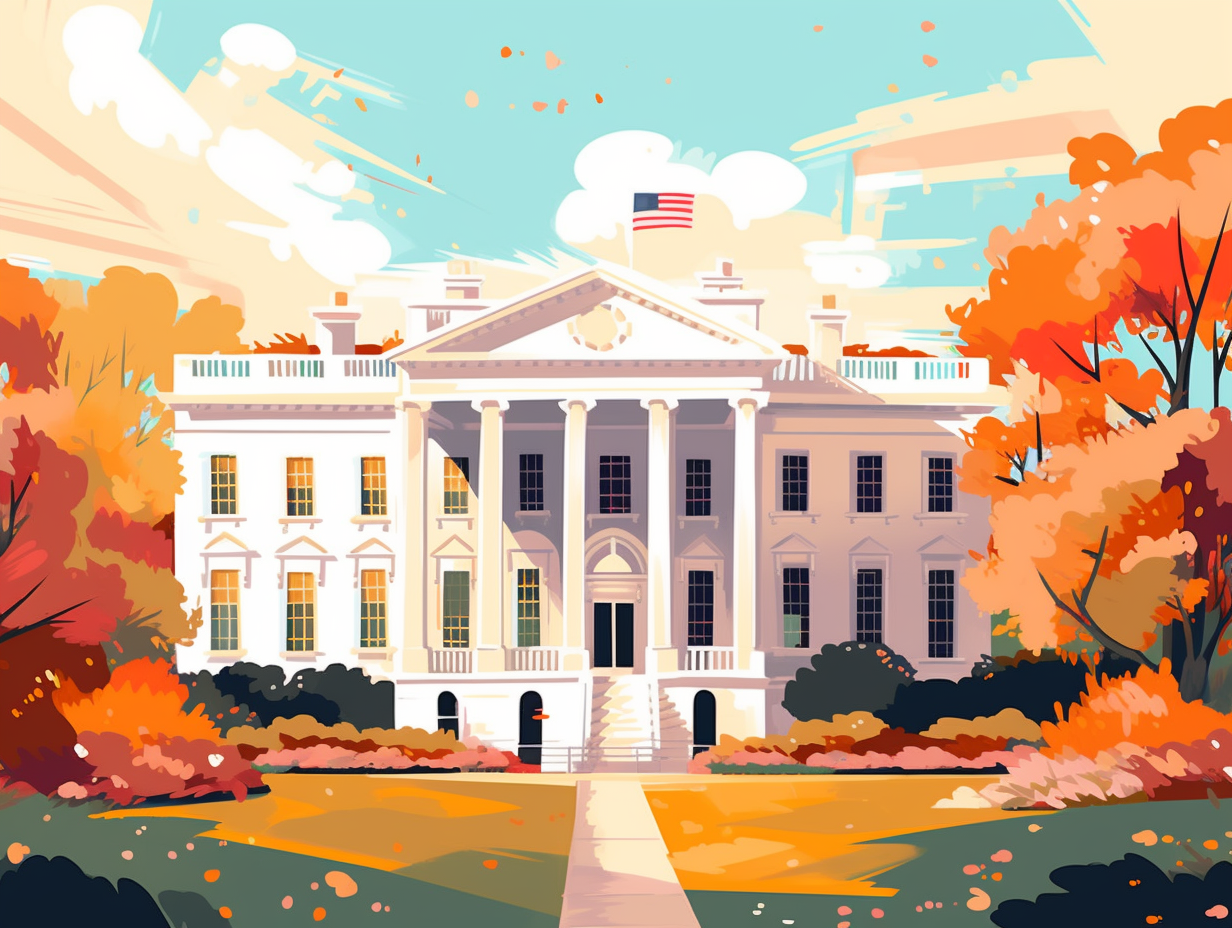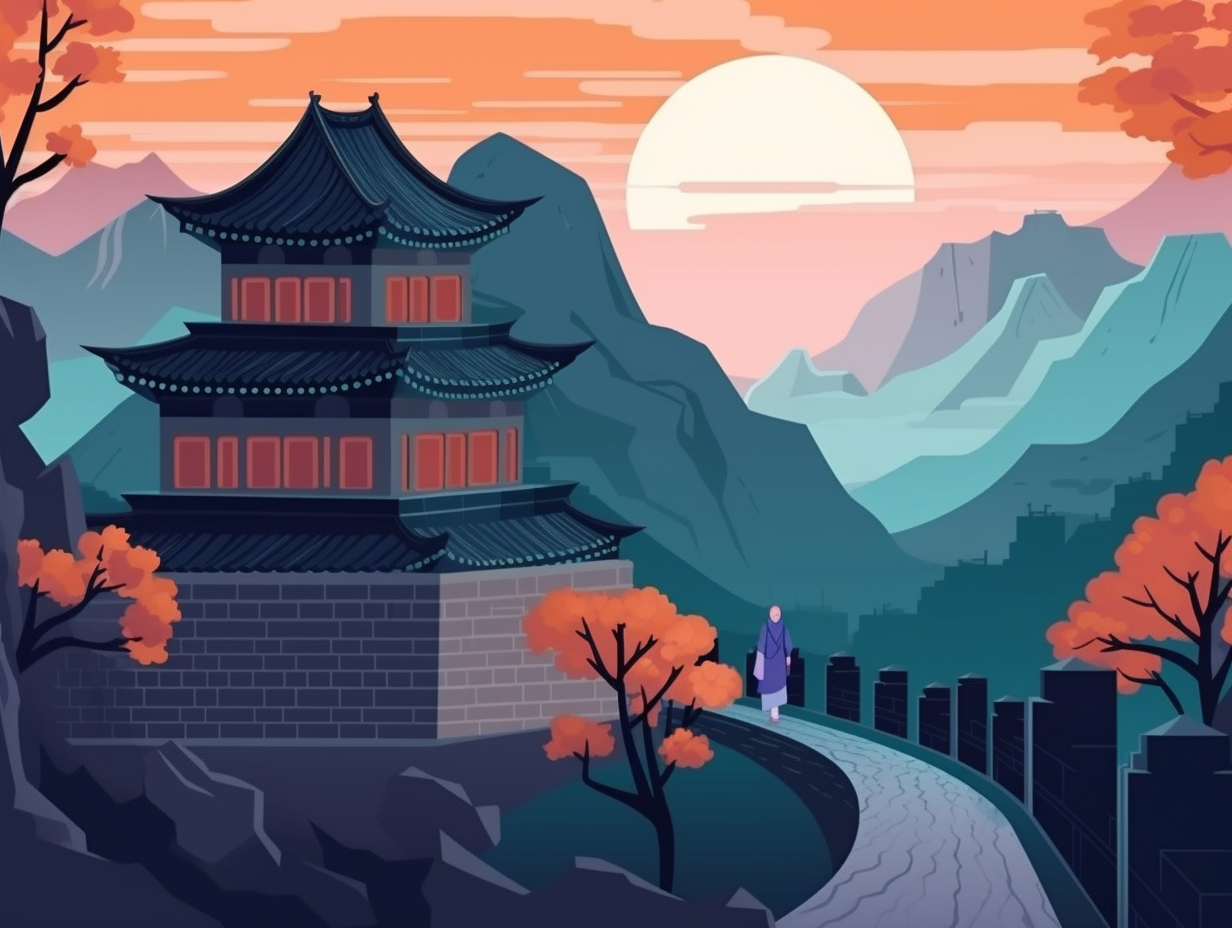Uncovering the Colosseum: 22 Fun Facts You Won't Believe About Rome's Iconic Arena!
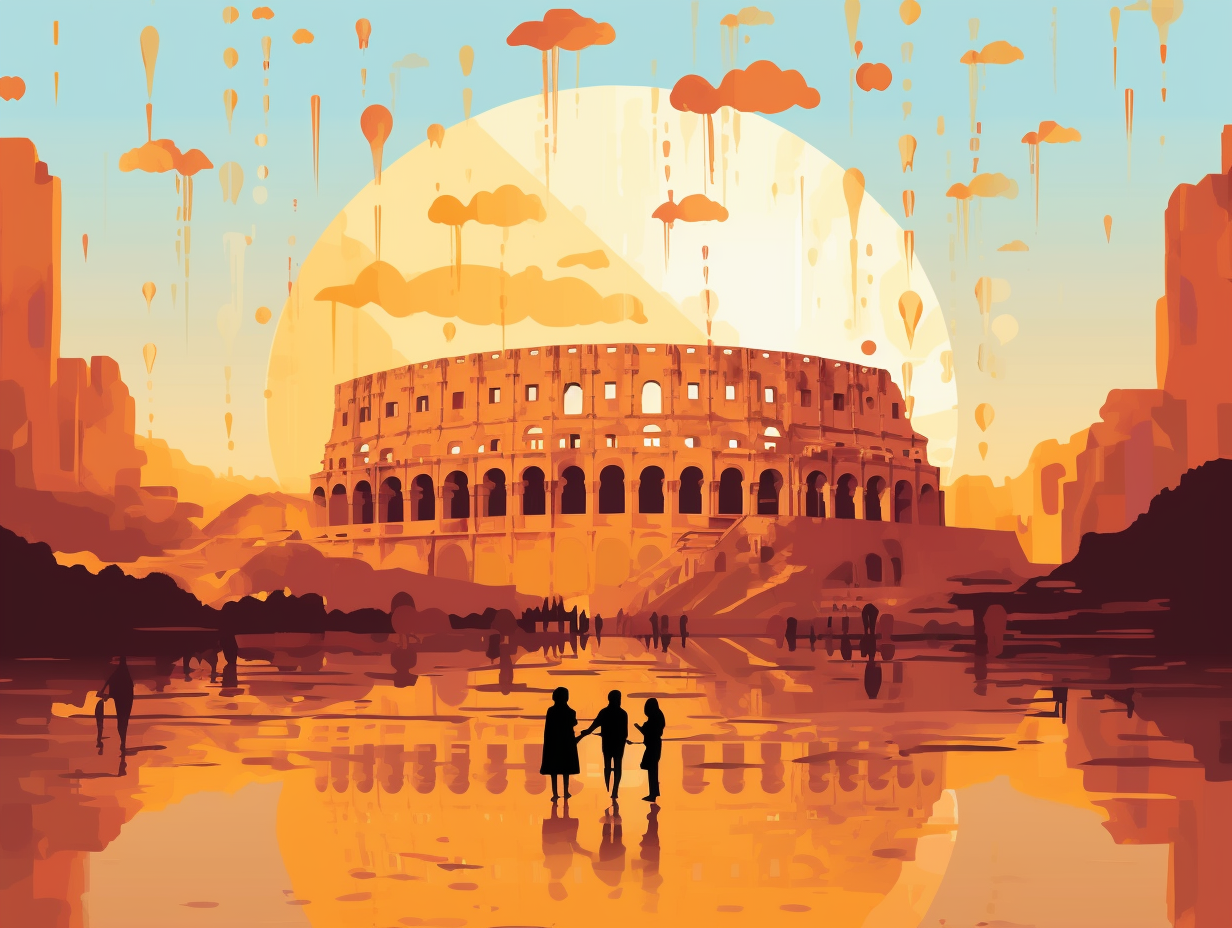
1. Underground Green Room
Step right up, gladiators and beasties: there's a 15,000 square metre underground "green room" made just for you! Seriously though, the Colosseum boasts a hidden hypogeum that housed gladiators and wild animals before their epic battles, and thanks to Tod's-funded restoration efforts, visitors can now delve into 15 corridors filled with 400 years of history – from its grand opening in AD80 to the final curtain call in 523.
Source => theguardian.com
2. Colosseum Naval Battles
Ahoy there, history buffs! Have you ever imagined what would happen if ancient Rome combined a naval battle with a gladiator match in the Colosseum? Batten down the hatches and grab your oars: Romans once flooded the Colosseum to host epic mock ship battles, featuring up to 4,000 rowers and prisoners sentenced to battle to the death, all to reenact the clash between Athens and Syracuse – but with stage props as ships due to limited space! While it made quite a splash at the opening ceremony, these costly and tricky naumachiae eventually sunk in popularity, leaving gladiator fights to keep the crowd roaring.
Source => theromanguy.com

Did you know the Great Sphinx of Giza's enigmatic grin is carved from a single massive limestone block? Discover the secrets of the world's largest monolithic statue, and why its nose is mysteriously missing!
=> Fun Facts about The-Pyramids-Of-Giza
3. Retractable Colosseum Awning
As Roman sailors yelled "anchors aweigh" in the Colosseum, they weren't boarding gladiator-themed cruise ships: They were expertly managing an impressive, retractable awning called the velarium. Its purpose was twofold: shading up to a third of the audience from Rome's scorching sun, and creating a refreshing ventilation updraft for attendees to enjoy.
Source => en.wikipedia.org
4. Exotic Animal Opening Act
Move over, Noah's Ark: the Romans had a wild party of their own! When Emperor Titus decided to kick off the Colosseum's grand opening, he brought together a jaw-dropping guest list of 9,000 animals from Africa and the Middle East: In just 100 days, these exotic creatures met their untimely ends, setting a fierce stage for Roman entertainment and showcasing the Empire's wealth and power through the sheer extravagance of imported wildlife battles.
Source => rome.net

5. Multi-Attraction Amphitheater
Lions and tigers and gladiators, oh my! If you thought the Colosseum was just a Roman version of WWE SmackDown, you're in for a wet and wild surprise: This ancient amphitheater also hosted exotic animal hunts, epic battle reenactments, and even flooded itself to stage awe-inspiring naval battles, all in the name of entertainment.
Source => mamalovesrome.com
6. Plant Species Invasion
Like a gladiator salad dressing extravaganza: Over 420 plant species were found thriving in the Colosseum by botanist Richard Deakin in the 1850s, with many believed to have arrived as seeds via the fur and stomachs of exotic African animals brought to perform and fight in the arena, creating a unique and flourishing primeval garden oasis among the ancient ruins.
Source => theatlantic.com
7. Iron Clamps Construction
When the Romans ran out of duct tape, they turned to iron biceps to keep their gladiator's arena together: The Colosseum astonishingly used 300 tons of iron clamps that held it together, but made it prone to exterior damage in extreme weather conditions, such as earthquakes, wreaking havoc on the once-mighty outer wall.
Source => texastravertine.com
8. Roman Megaplex Seating
Who needs the Olympics when you've got Roman drama, gladiator showdowns, and a good ol' public execution for entertainment? Welcome to the Colosseum: an ancient Roman megaplex that could house up to 50,000 bloodthirsty spectators, flaunting 80 fancy entrances - 76 for the commoners, two for the performers, and two exclusively for the emperor's entourage. Stretching approximately 189 by 156 meters, this jaw-dropping monument stands four stories tall, making it the ultimate must-see attraction on any Roman holiday!
Source => education.nationalgeographic.org
9. Stadium Architecture Pioneers
Before the Greeks gave us the Olympic Games, they managed to inspire the Romans to host their version of a sports event in their very own elliptical arena: the Colosseum was the world's first prototypical stadium, combining architecture and advanced acoustics to ensure every spectator enjoyed the view (and the roar) from every corner, with its design ultimately acting as the blueprint for all modern-day stadiums.
Source => joyofrome.com
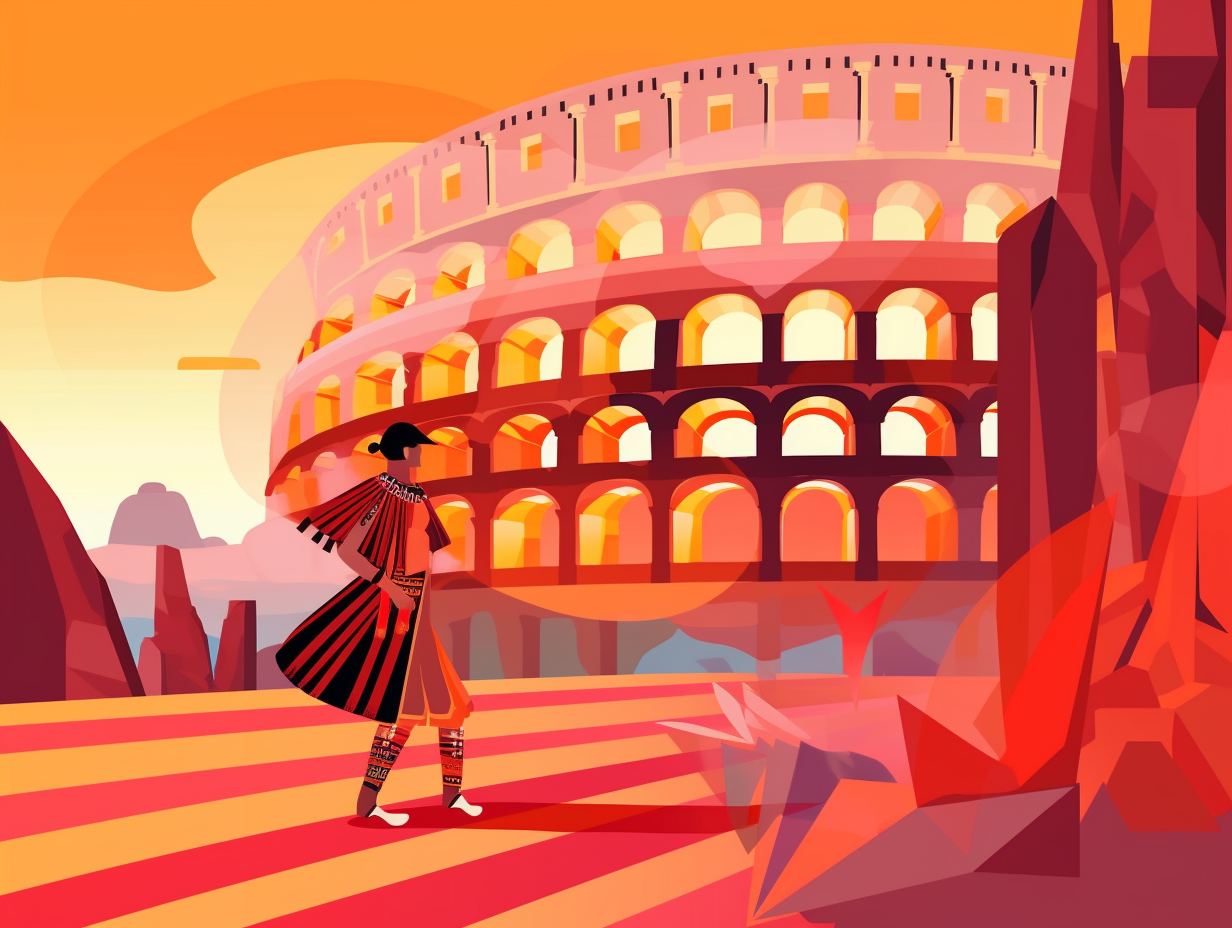
10. Colossal Name Mystery
Imagine a team of 24 elephants playing "tug of war" with the Roman Empire's heaviest toy: The Colossus of Nero once took center stage near the Flavian Amphitheatre and required quite the elephantine band to relocate it successfully. Commemorative of its remarkable size and stature, the true origins of the Colosseum's name remain a mystery: Though some credit its namesake to the former proximity to this colossal statue, the Colossus of Nero underwent several transformations, including Emperor Vespasian modifying it into Colossus Solis and Emperor Commodus giving it a narcissistic makeover as a statue of himself as Hercules. The foundation of this once-enormous creation is all that remains today, much like a subtle nod to its ancient celebrity status near the entrance to the Colosseum.
Source => visit-colosseum-rome.com
11. Social Hierarchy Seating
Seating at the ancient Roman Colosseum was practically a live-action game of "Where's Waldo?" with social classes separated like a giant human layer cake: The Emperor, Senators, Vestal Virgins, and equites luxuriated in the Ima Cavea, complete with latrines, fencing, and rollers, while the Maenianum Primum catered to the equites and the Maenianum Secundum Imum housed ordinary citizens and plebeians. Up in the nosebleeds, the Maenianum Secundum Summum featured numbered sections for poor plebeians, while the Maenianum Secundum in Ligneis (added during Domitian's reign) was where slaves and the lowest class sat. Women were perched in the highest rows, and certain professions and social statuses were outright barred from watching the games.
Source => colosseumrometickets.com
12. Colosseum's Dating Profile
If the Colosseum had an online dating profile, its relationship status would undoubtedly be "It's complicated": This ancient monument, plagued by the breakups with earthquakes and us pesky humans, still manages to charm over 6 million visitors per year, leaving them in awe with its architecturally dashing good looks and unshakable resilience.
Source => whc.unesco.org
13. Wild Animal Body Count
Lions, and tigers, and bears – oh, my! The Colosseum could have been an ancient inspiration for the Wizard of Oz's wild kingdom: Around one million animals met their end during the Colosseum's existence, but not all were vanquished in gladiatorial games; some lived rather action-packed lives in animal hunts and other thrilling events throughout Rome.
Source => rome.us
14. Ancient Snack Time
Step right up to the ancient world's version of concession stands: At the Colosseum, gladiator fight spectators munched on a wide variety of tasty treats like chicken, shellfish, olives, nuts, and fruits, while quenching their thirst at drinking fountains or cistern-filled side towers. After all, watching people battle to the death can really work up an appetite!
Source => colosseum.info
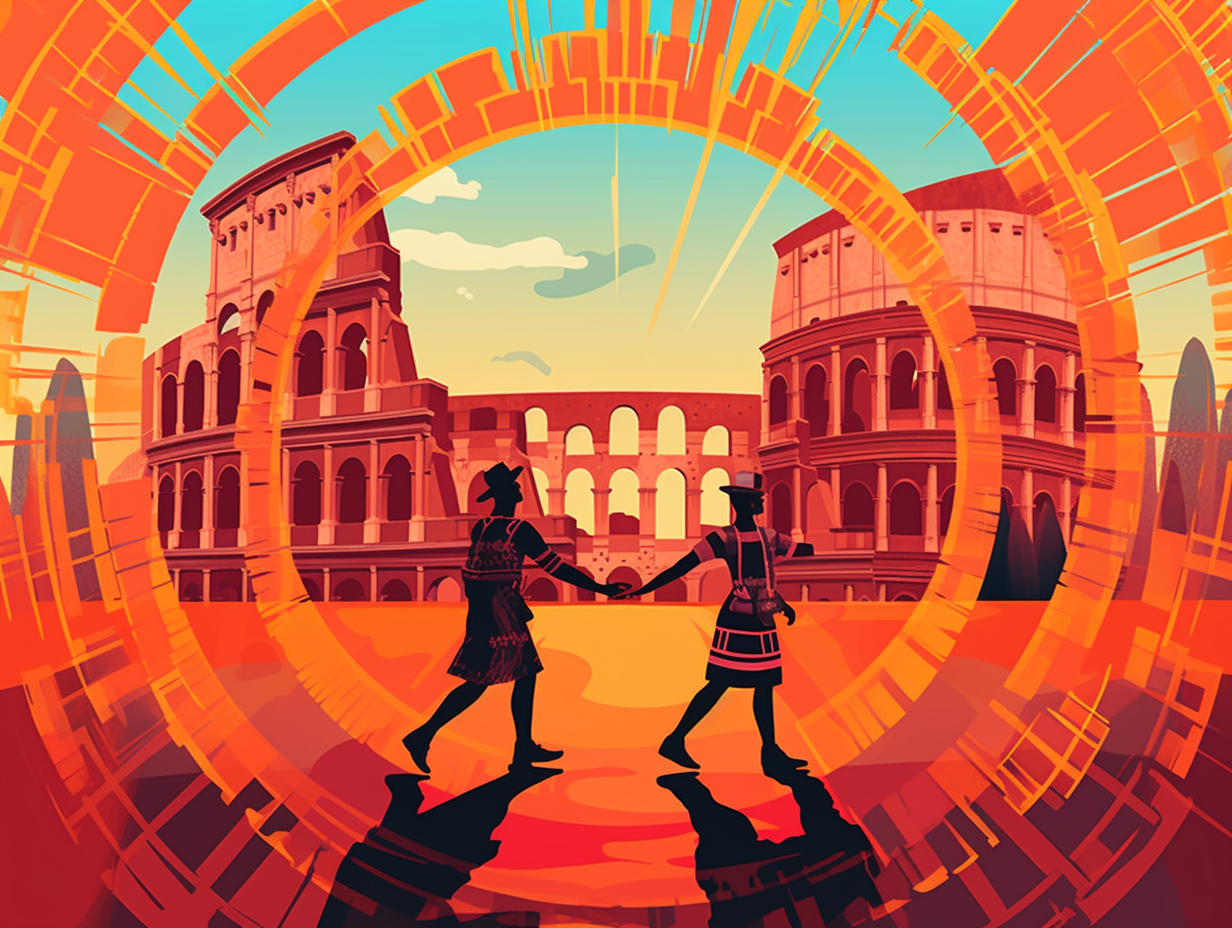
15. Roman Reality TV
Far from being a Roman Airbnb for raucous toga parties, the Colosseum played host to a more ancient version of reality TV: it was the epicenter for gladiator battles, public executions, animal fights, simulated naval skirmishes, hunting spectacles, theatrical performances, and other blood-pumping entertainment that kept ancient Rome glued to their amphitheater seats.
Source => colosseum-rome-tickets.com
16. Absence of Christian Martyrs
Lions and Christians and bears, oh my! The Colosseum might not have been the Dorothy-approved go-to destination for bloodthirsty Romans after all: Contrary to popular belief, there's no historical evidence to suggest that Christians were ever fed to lions as entertainment in the ancient amphitheater - gladiator and animals brawls, on the other hand, were quite the weekend draw.
Source => romewise.com
17. Sailors as Sunblock
They say Rome wasn't built in a day, but when it came to the Colosseum, a thousand sailors reporting for awning duty must've been the ancient Roman world's hottest ticket: Not only a marvel of architecture, the Colosseum's massive vela were operated by a legion of sailors, shielding spectators from the relentless sun, while a hidden hypogeum beneath the arena boasted intricate tunnels, chambers, and lift systems to serve gladiators and animals their grand entrance.
Source => omeka.wellesley.edu
18. Chapels, Cemeteries, and Housing
Beastly chapels and spectral roommates: The Colosseum has an unexpected history with religion and housing! Contrary to popular belief, there's no evidence that the iconic amphitheater hosted divine events, but a chapel was actually added in the late 6th century. However, don't expect to find holy robes and prayer books there – the arena floor was repurposed as a cemetery, and the spooky vaulted spaces beneath the seats became humble abodes and workshops.
Source => thecolosseum.org
19. Swiped Iron Clamps
You could say the Colosseum was the original Iron Man, but it had a little more Roman flair to it: All the iron clamps used in its construction have long disappeared, swiped from the ruins and repurposed, leaving behind holes that still showcase the building prowess of ancient Roman engineers.
Source => engineeringrome.org
20. Colosseum's Grand Opening
In the spirit of "go big or go home," the Romans threw a housewarming party for the Colosseum so massive that it made Coachella look like a backyard barbecue: The inaugural games, held by Emperor Titus in AD 80, lasted a mind-boggling 100 days, filled with animal hunts, executions, and gladiatorial combats. But don't be fooled—typical games in the Colosseum could be much shorter, ranging from just a few days to a week, depending on the occasion being celebrated or the emperor's mood.
Source => en.wikipedia.org
21. Ludus Magnus Training School
When the "Ludus Magnus" wasn't just a Latin phrase your uncle would mumble at dinner parties trying to impress: The Colosseum's famed neighboring gladiatorial school, built by Emperor Domitian in the late first century AD, served as the ultimate training ground for gladiators from across the Roman Empire, as they honed their skills for the grand games that would take place in the main arena.
Source => en.wikipedia.org
22. Death Penalty Symbolism
When life gives you lemons, light up the Colosseum: Back in January 2007, Rome's iconic amphitheater ditched its gladiator past and donned yellow lights in support of Italy's campaign for a United Nations moratorium on the death penalty, symbolizing its transition from a bloody battleground to a beacon for human rights.
Source => reuters.com
Related Fun Facts

